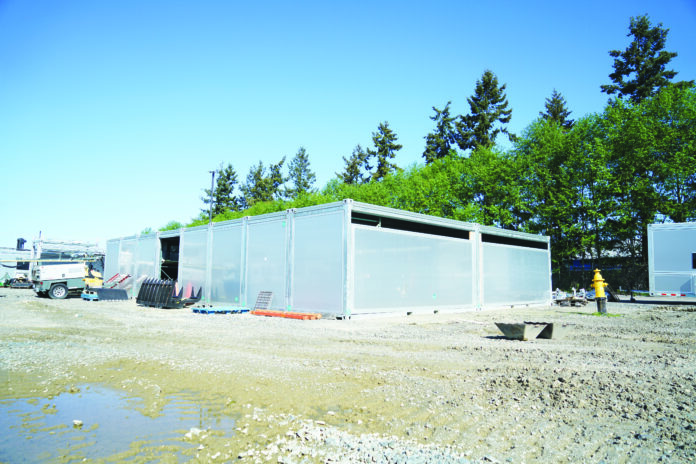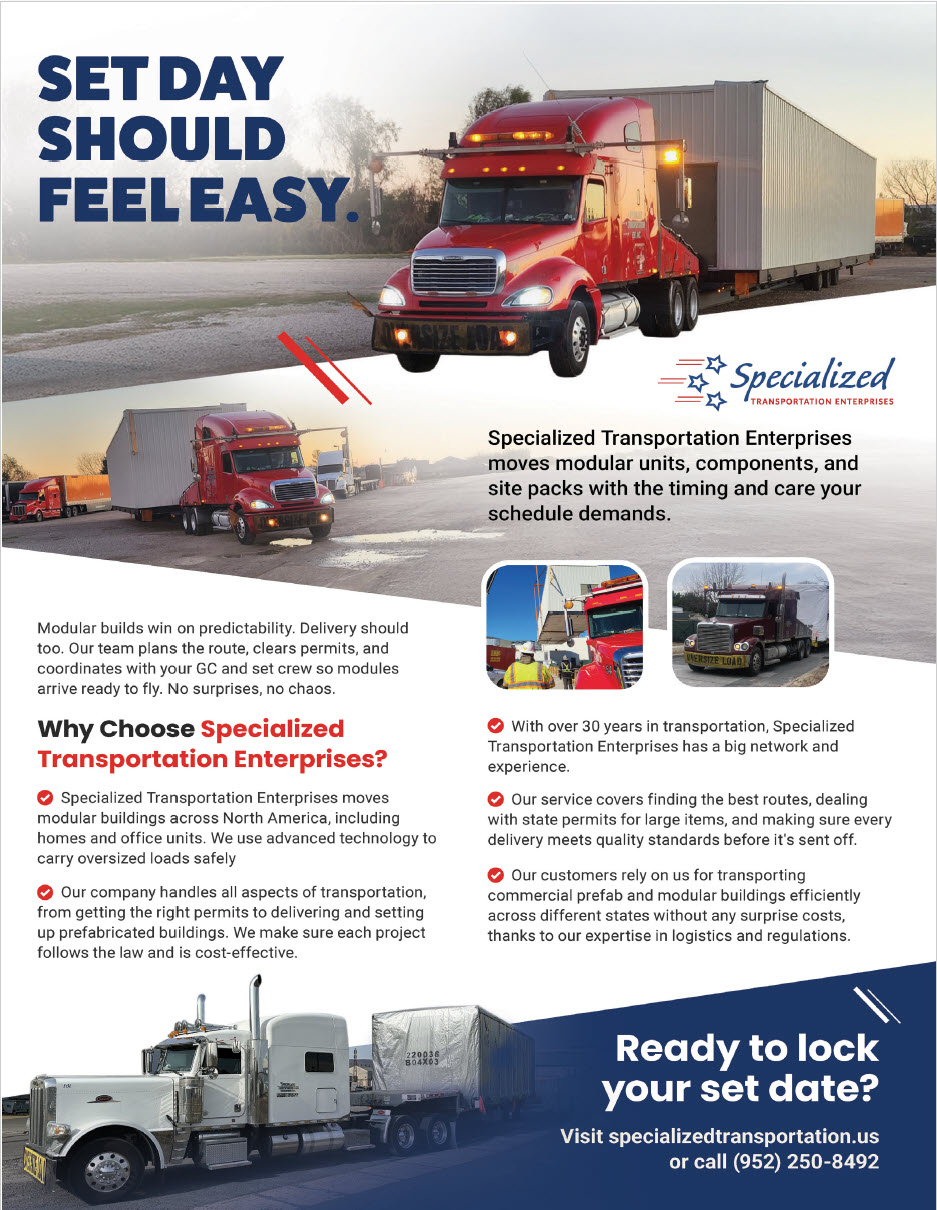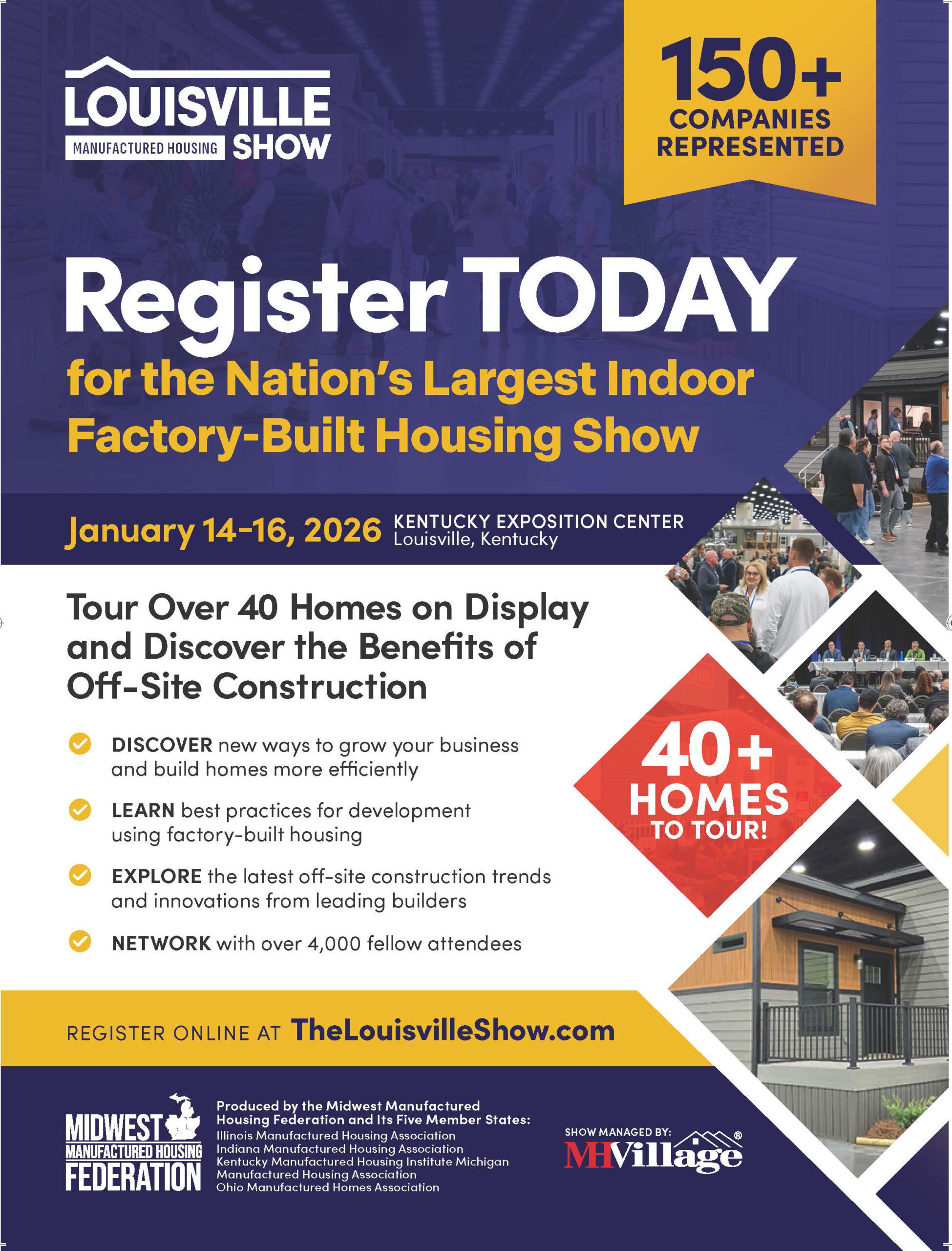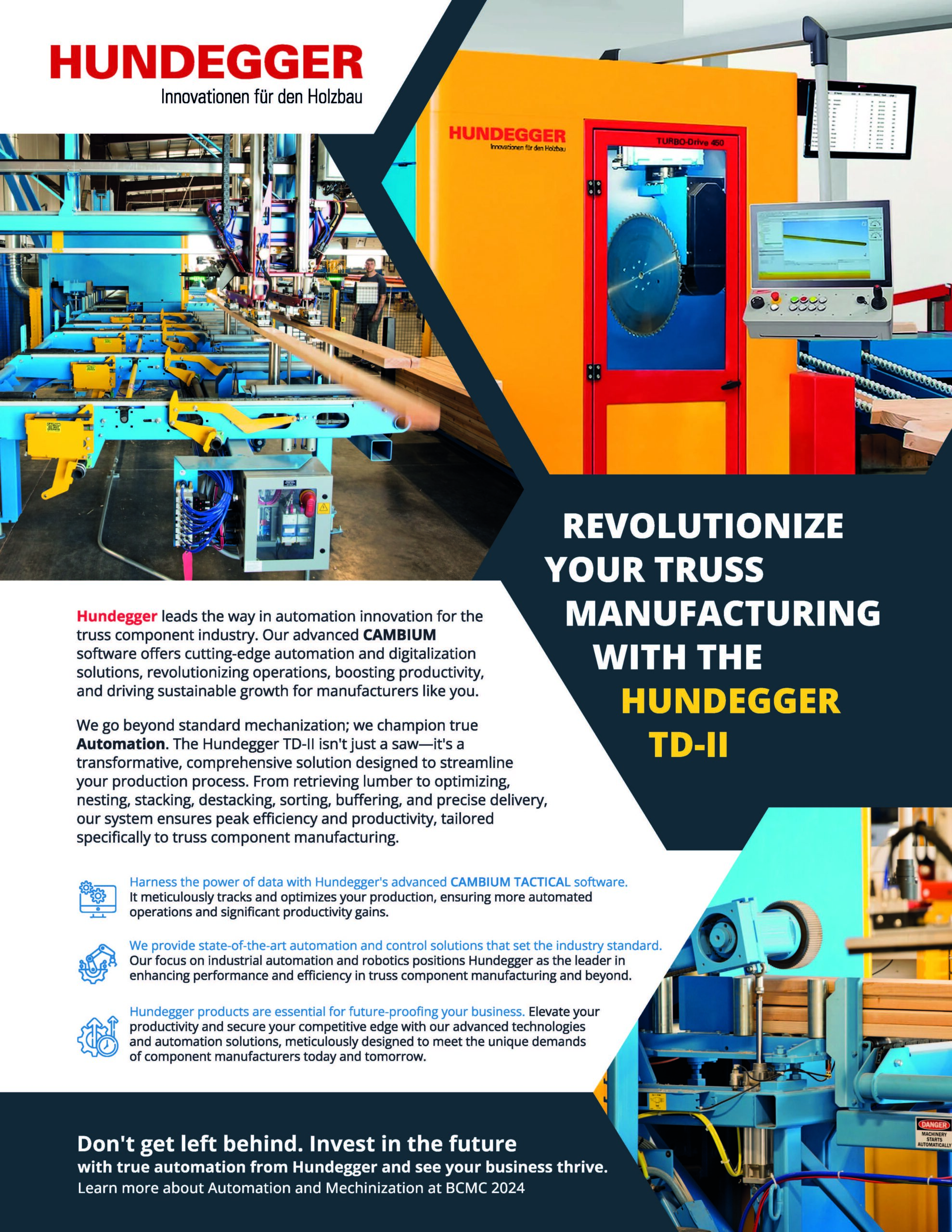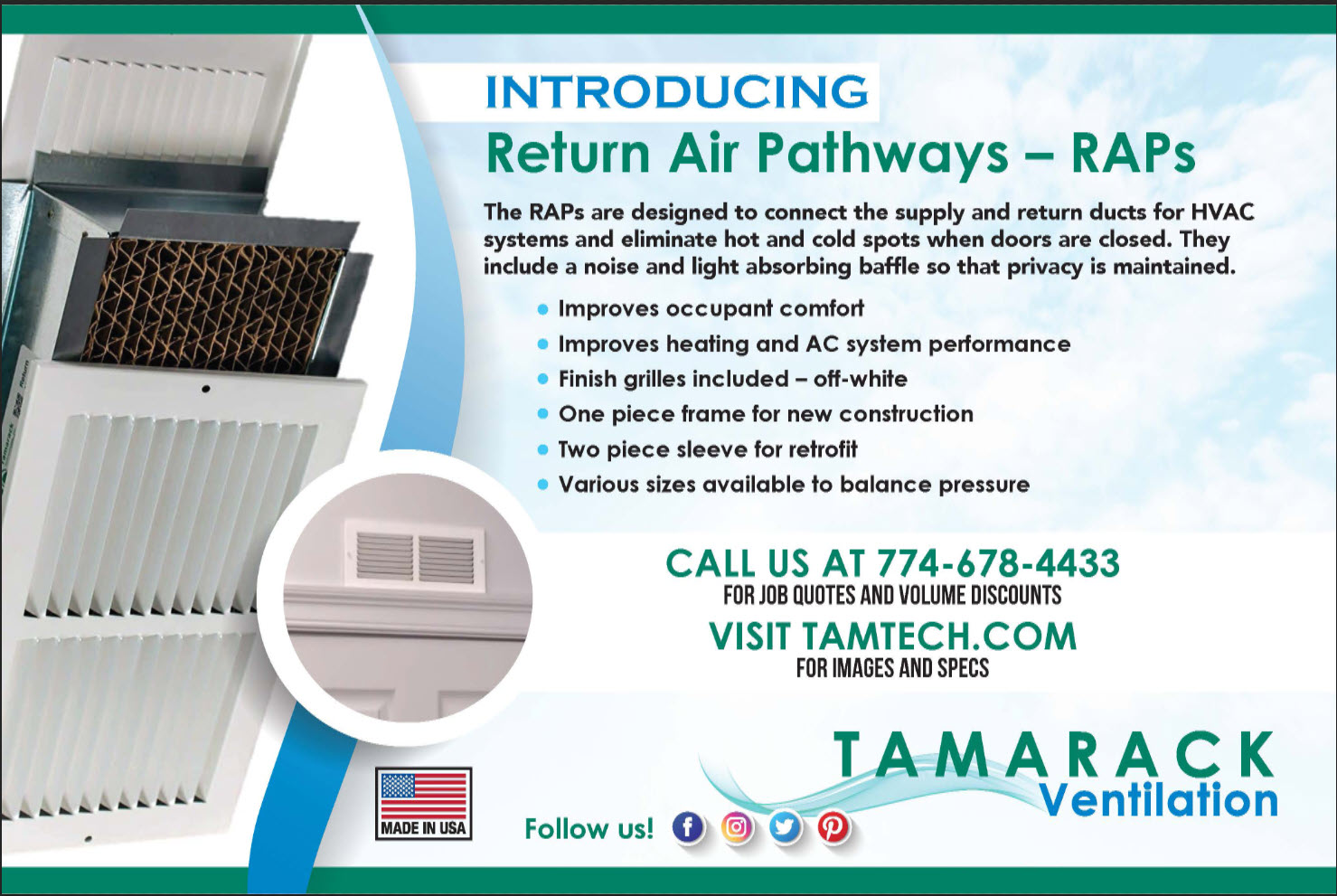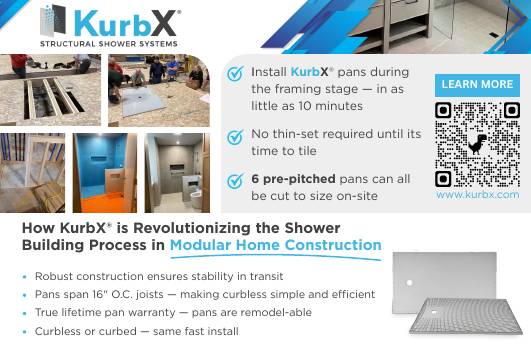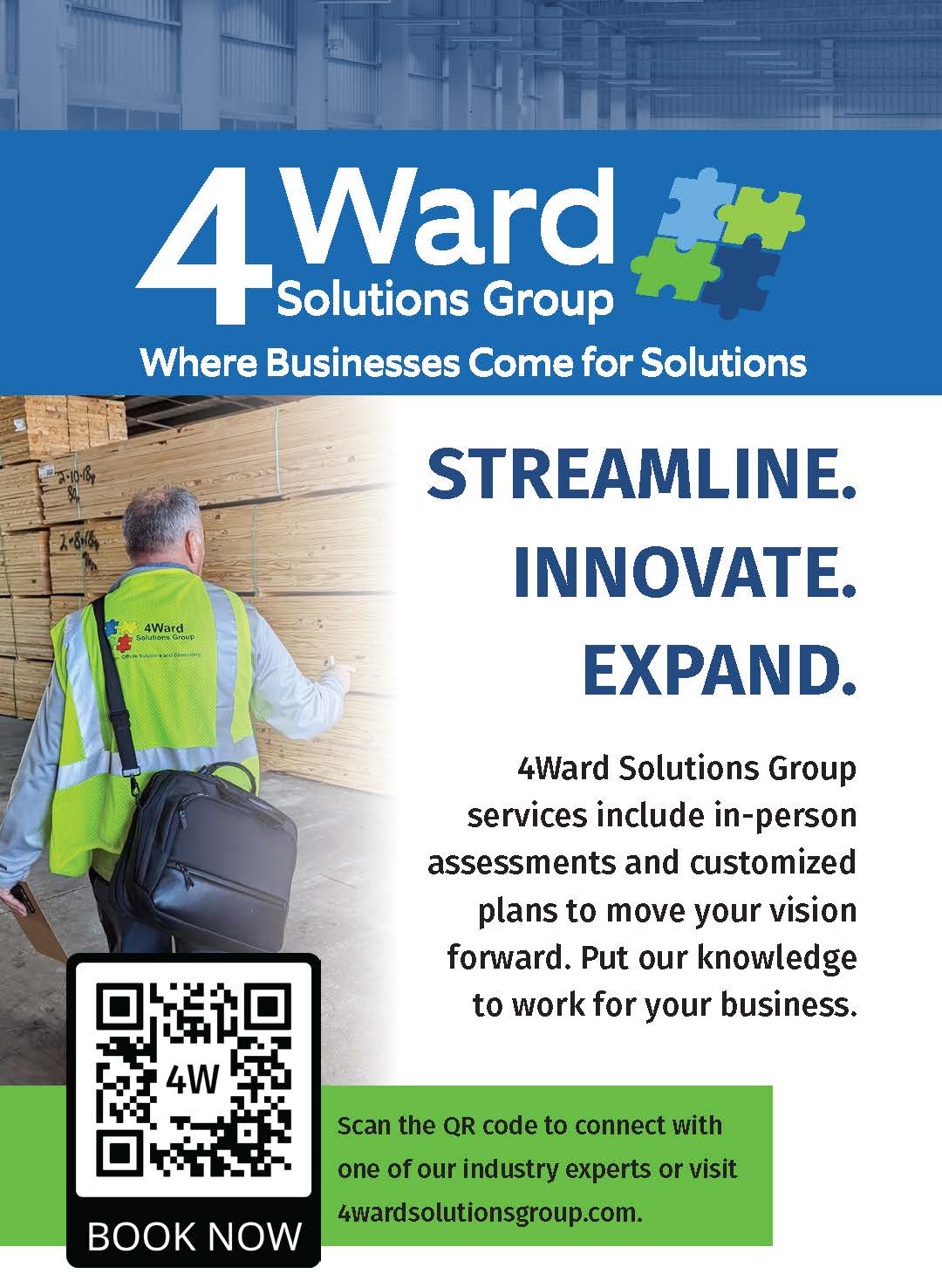Two examples of how an innovator’s mindset can help evolve an offsite business and open new markets.
- These companies’ business growth is thanks to an expansive view of the potential for their container structures.
- G-pod started with ADUs then moved into portable power units and mobile command centers.
- Good Manufacturing branched out from pre-assembled modules to panelized units that can be assembled on-site.
The notion that construction lacks innovation is a familiar lament. But it’s not entirely justified: if you look for it, you can see that innovation is happening. For this article, we talked with a couple of offsite companies in the shipping container niche: G-pod Americas and Good Manufacturing. Both have embraced innovation and evolved their products.
Although these examples are based on container buildings, the innovation mindset is one that any modular or offsite company can adopt. We hope these examples will inspire readers to search for opportunities to get creative in their companies.
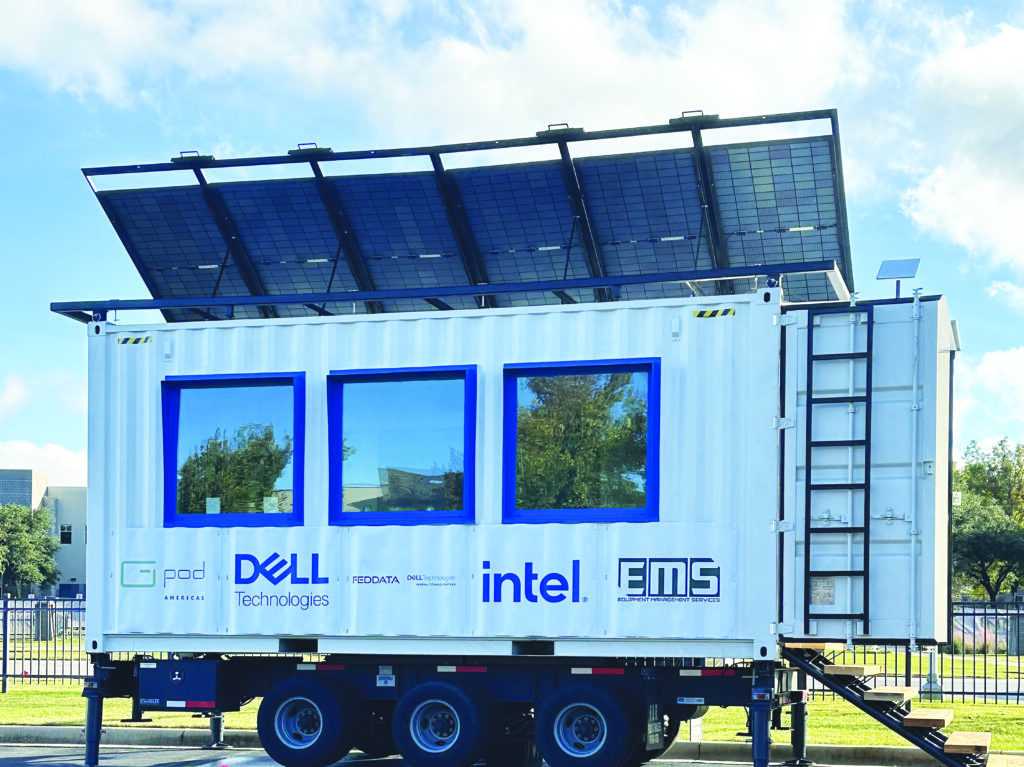
Credit: G-pod
Power and Data
Texas-based G-pod Americas’ main business is developing off-grid housing products with the goal of selling to the hospitality market. Company President Andrew Seelye has been building these products and doing R&D in an off-grid location that he describes as “at the suburban-rural interface.” The property is just north of the San Antonio metro area in an undeveloped location that lacks utilities, but does have cellular service and Starlink internet.
Although G-pod’s R&D is aimed at creating high-performance prefab homes, the company also sells steel container structures. (According to Seelye the “containers” are purpose-built rather than being recycled shipping containers.) It started as an ADU provider but has branched out into units that supply data and power. This innovation was born from the solution to a problem Seelye faced on his own property.
The problem was how to generate and store enough electricity to run his power tools. Necessity being the mother of invention, he took a 20-ft.-long container and turned it into a pod that’s outfitted with rooftop solar panels, trackers that orient the panels towards the sun and battery storage. This became G-pod’s Power product, which you can buy on their website.
But Seelye didn’t stop there. “The [G-pod] property is about 11 acres. We wanted to create a single Wi-Fi network across that large outdoor area,” he says. To do that, he teamed up with Dell Inc., as well as with some of Dell’s OEM (Original Equipment Manufacturing) partners, to create a more complex pod that combined power generation and communications technology into a single unit.
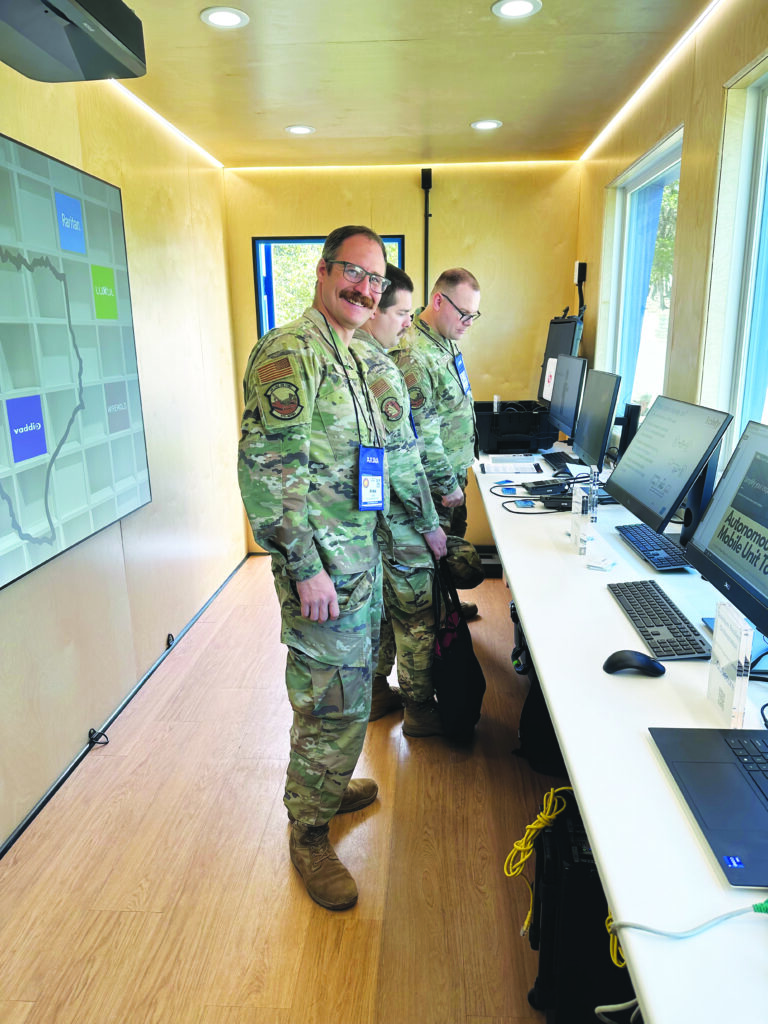
Credit: G-pod
Sunshine and Social Media
Seelye posted about this power and communications pod on LinkedIn. The post attracted the interest of teams who sell to the US Department of Defense. They recognized it as a product type that would be useful for drone operations, providing it was “rapidly deployable, autonomous and relocatable,” Seelye says.
It was an opportunity he didn’t want to miss. So, again teaming up with Dell and other tech partners, Seelye quickly created a prototype of an autonomous mobile unit (AMU) to function as a mobile command center for drone operators. As with the power and communications unit on the G-pod site, it’s based on a modified steel container. The AMU is a mobile “control tower with a stow-and-go solar PV array, a custom trailer and adjustable legs,” Seelye says.
The AMU shelters drone operators and “allows them to connect to their own secure networks and to recharge drones with power generated by the sun,” Seelye says. This means it can be deployed to remote or undeveloped locations.
It was built in only two weeks so it could be used for an air and drone show in Washington, North Carolina in October 2023. Since then, it’s been used at other shows and events, including at the Alamo ACE, which is an annual military cyber security event in San Antonio, Texas.
“About a dozen OEM partners have used it for their tests and demos, working through their engineering processes to ensure their IP [intellectual property] all works together and functions as it should,” Seelye says. “A big part of the OEM business is figuring out how to combine things that weren’t designed together in-house.”
Seelye sees the potential for other applications that use variations on the AMU prototype. For example, if a general contractor starts work on an unimproved site, an AMU could provide utilities and internet access from day one. Because it’s entirely powered by solar panels, “you don’t need electrical service,” he adds.
Right now, the AMU prototype is at Dell headquarters in Round Rock, Texas, north of Austin. It’s being used as a demo product. In the future, if Dell and their federal OEM partners have the opportunity to provide government agencies with tech solutions bundled inside rapidly deployable buildings, G-pod is “in the mix.”
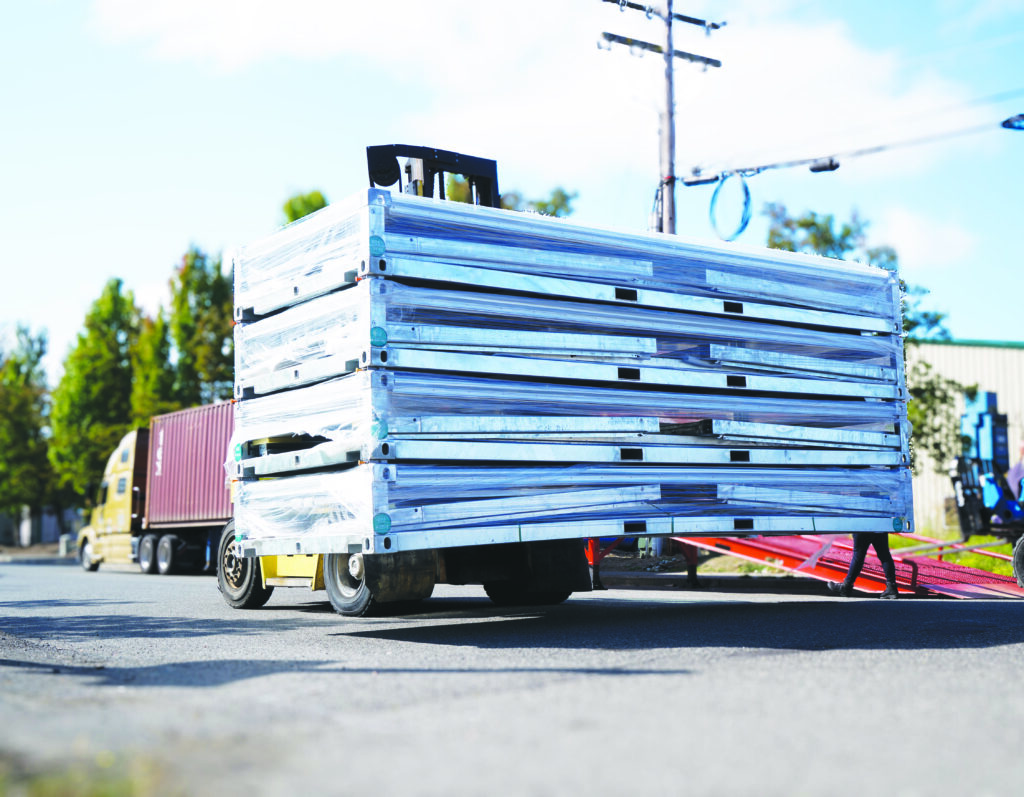
Credit: Jake Schumacher
Downtime R&D
Shipping container technology has also been crucial to the development of Good Manufacturing’s products: modules that can be used as free-standing offices in mining camps and on construction sites, as well for temporary or permanent ADUs, hobby studios and home offices in backyard locations.
Created in 2021, Good Manufacturing is a DBA (Doing Business As) division of Good RV Equipment Inc. (Good RV) based in Marysville, Wash. Its manufacturing plant is in China.
Between 2016 and 2020, Good RV focused on developing steel flatbeds and box trailers. “The basic structure and components of our [steel box] trailers are the same as for our [steel frame] modular structures,” says Dean Curry, the company’s Sales Manager. “The floor structure and corner castings are built to the same standards of ISO [shipping] containers,” he says.
During the COVID-19 pandemic, there were fewer shipments from China to the US. Good Manufacturing used the lull to “hunker down and do R&D, building prototypes of the [modular] product line we now sell,” Curry says.
They developed a steel-frame module and an aluminum-frame module, which they’ve been selling since 2021. The walls of both types of modules use the company’s proprietary panels, which consist of “an inch and a half polyurethane foam core enclosed between aluminum on the interior and exterior. [Unlike a shipping container] you don’t need to build out the wall in the interior to have a finished space,” says Curry.
The steel-frame modules can be double- or triple-stacked using “proprietary connecting brackets,” Curry says. The aluminum-frame modules can’t be stacked, but they’re much lighter weight.
Curry says the assembled modules are similar to modified shipping containers and compete in the same markets. However, shipping is easier. “In a fully assembled state, our product will fit inside an ISO container. In a pre-assembled state, we can import eight flat-packed modules in one 40 ft. shipping container.”
The components are fabricated in China and assembled in the US. This means that “the [US] labor force needed is less skilled, which helps us manage costs,” Curry explains.
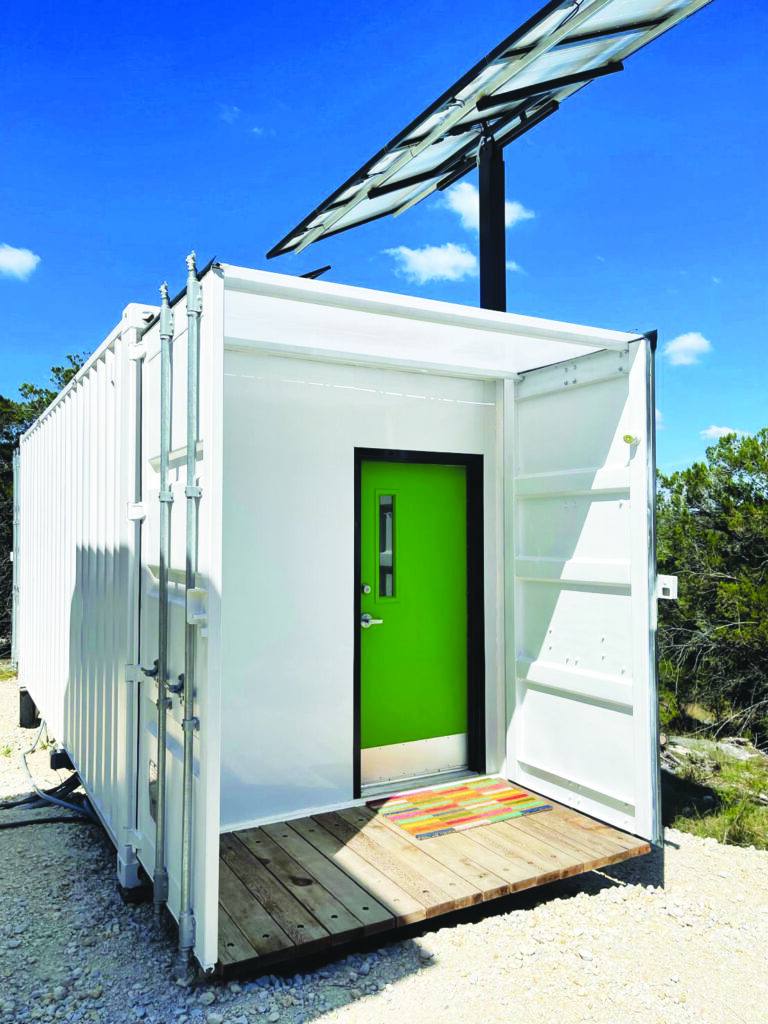
Credit: G-pod
Panel Versatility
Although, as mentioned above, the modules have multiple applications, “we’re finding that the backyard application lends itself to what we do,” Curry says. “We don’t suffer the negative associations that people sometimes have with containers. The fit and finish of the exterior of our structures is new. It has a crisp, clean, retro look.”
Good Manufacturing’s modules have also found their way into industrial settings. For example, they might be used as an office “with an enclosed, controlled airspace” inside a large warehouse. “The modules can also earn their keep as storage units,” Curry says.
Another advantage over shipping containers is that the modules’ wall panels can be dismantled. A customer could start with one module and then, without any cutting, a wall can be removed and a second module attached.
The aluminum modules are also lighter than steel shipping containers. “If a module needs to be craned into a backyard, it’s half the weight of a traditional container, so it’s cheaper to place in a residential application,” Curry says.
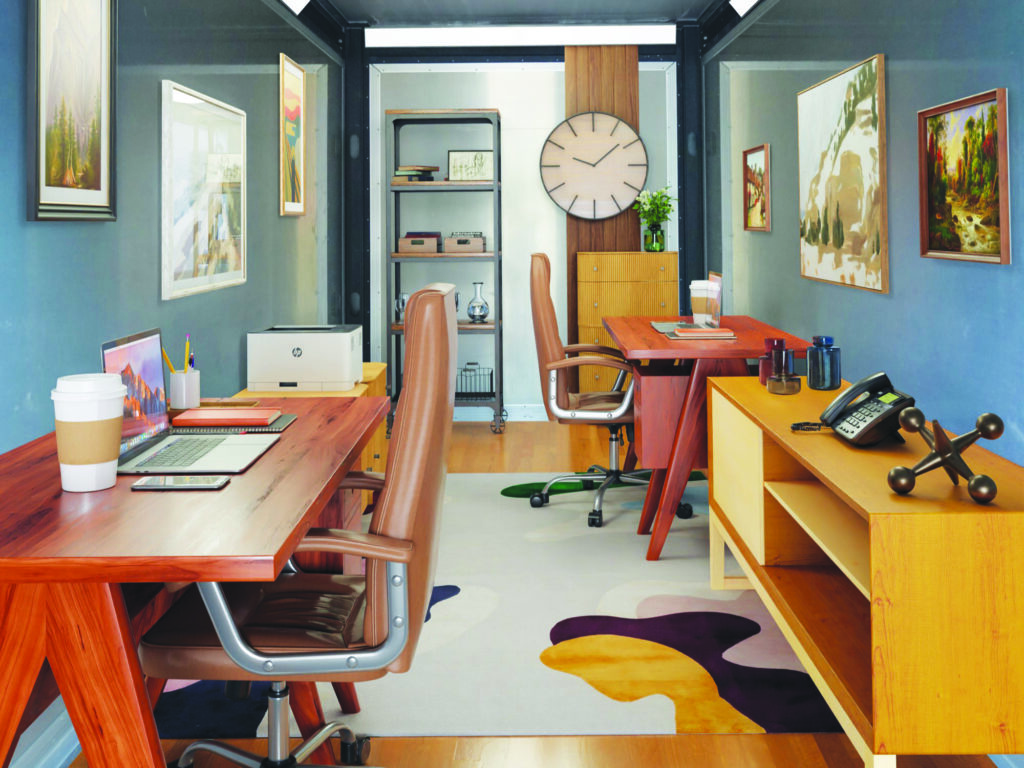
Credit: Jake Schumacher
Zena Ryder writes about construction and robotics for businesses, magazines, and websites. Find her at zenafreelancewriter.com.


